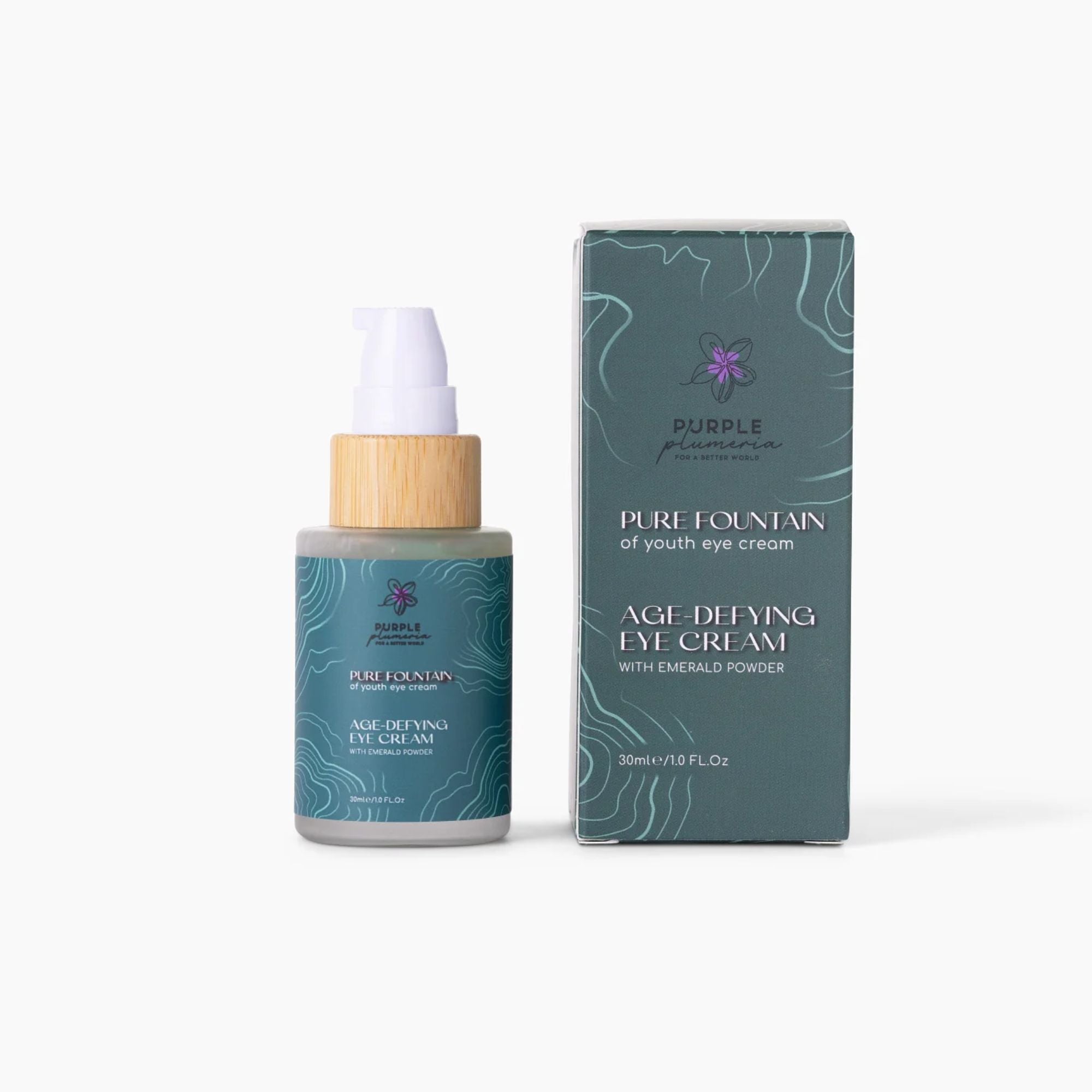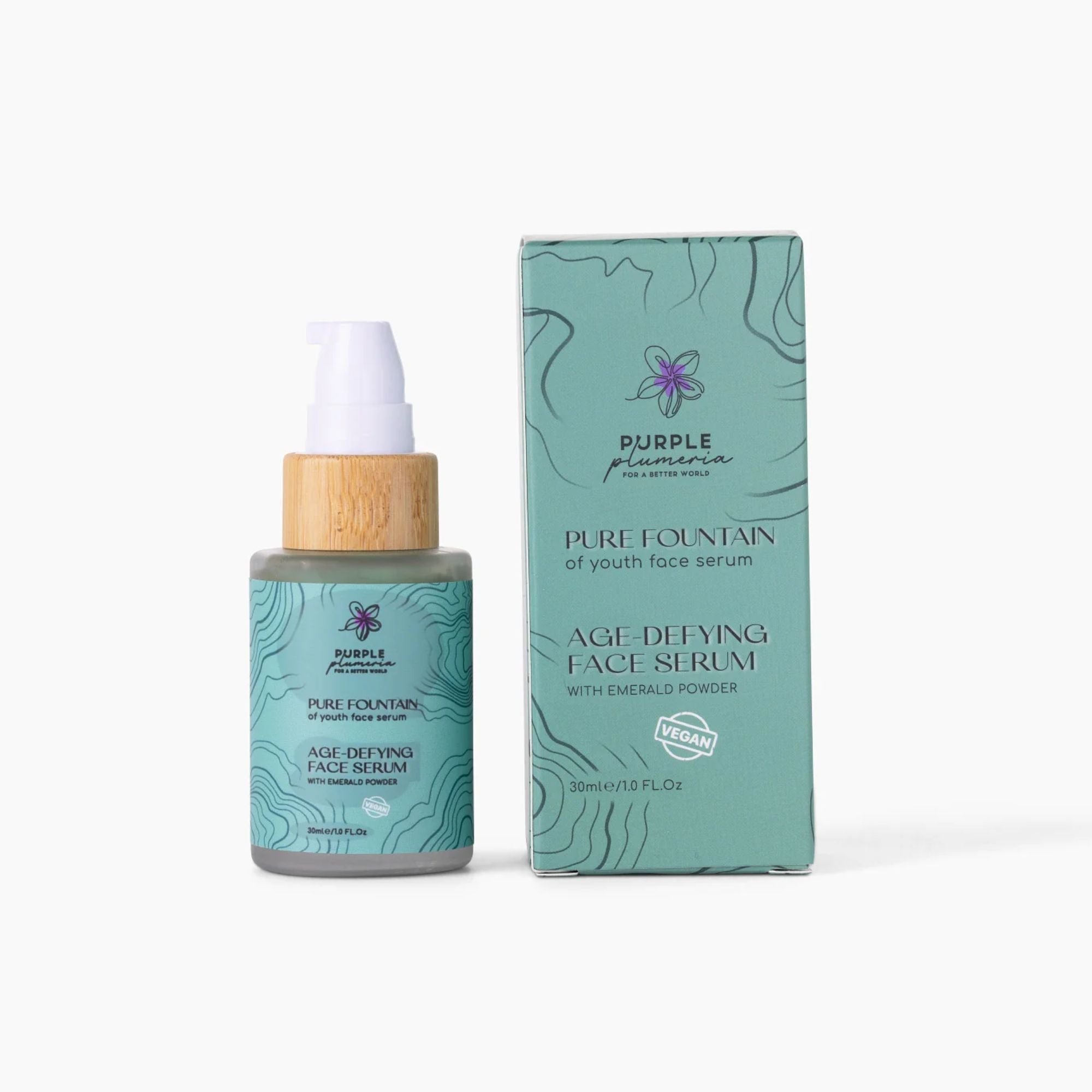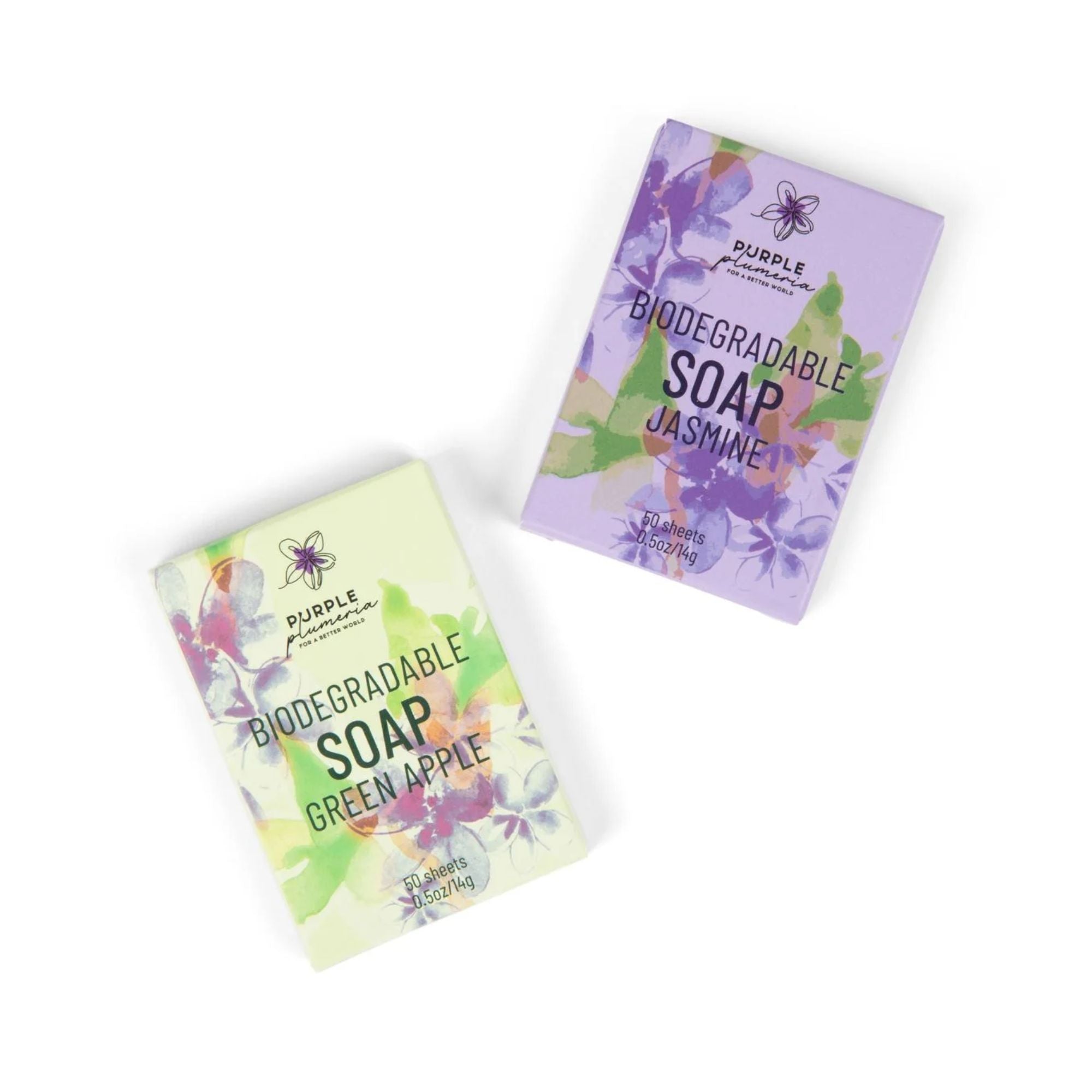BPA, also known as bisphenol A, is a chemical compound that is used in the production of polycarbonate plastics and epoxy resins. You’ll typically find BPA in consumer products that contain plastic. This includes plastic drink bottles, food and beverage containers, and linings in metal cans. BPA can also be found in children’s toys, sports safety equipment, tableware, and even medical devices.
While used in many everyday products, BPA could potentially pose health problems when used around food and drink. This is because BPA can leach from products into the food and beverages contained within, especially when exposed to heat or acidic conditions. This means that water inside of a plastic drink bottle, or even the tomato sauce inside of a metal can, could contain BPA which may enter the body through ingestion.
So in this post, we’ll be covering BPA in more detail including products where it can be found, and also the potential health effects that we could experience due to BPA exposure.
What is BPA?
BPA is a synthetic compound that is part of a group of chemicals known as phenols. First synthesized in the late 19th century, it quickly saw use in the production of plastics due to its ability to add strength, durability, and even clarity to these materials. This is why it’s so popular in the production of clear plastic drink bottles.
The primary concern around BPA is its tendency to leach into the products and substances that they help to contain. This problem is exacerbated when BPA is exposed to heat or acidic conditions. The leaching can occur during the manufacturing process, bottling processes, or even when using these products. This could potentially lead to human exposure through ingestion.
Where is BPA Found?
BPA can be found in a range of everyday items, such as the following:
- In plastic products such as water bottles, food containers, baby bottles, food storage containers, and reusable plastic tableware.
- In the lining of metal food and beverage cans.
- In the use of thermal paper, such as receipts from cash registers and ATMs.
- In electronic devices that use plastic such as smartphones, computers, electronic accessories, and video game consoles.
How Does BPA Affect Our Health?
BPA is known as an endocrine disruptor, meaning that it interferes with the body’s endocrine system which regulates hormones and controls various physiological functions. This leads to the following health effects:
Due to these concerns, regulatory agencies have begun to take steps to restrict and regulate the use of BPA in food contact materials. Bans on BPA use have been proposed in areas where the produced materials will come in contact with food, and it also attempts to address the use of other bisphenols to avoid replacing BPA with something else harmful.
Conclusion
BPA is found in many common products that we use on a daily basis, and the potential health problems associated with the chemical have given rise to real concerns. While there are limitations set on the allowed levels of BPA in various products, it’s still important to take precautionary measures to minimize exposure, especially for vulnerable populations such as children. Individuals can opt for BPA-free products, to avoid canned food and drink, and to reduce their reliance on plastic containers.







